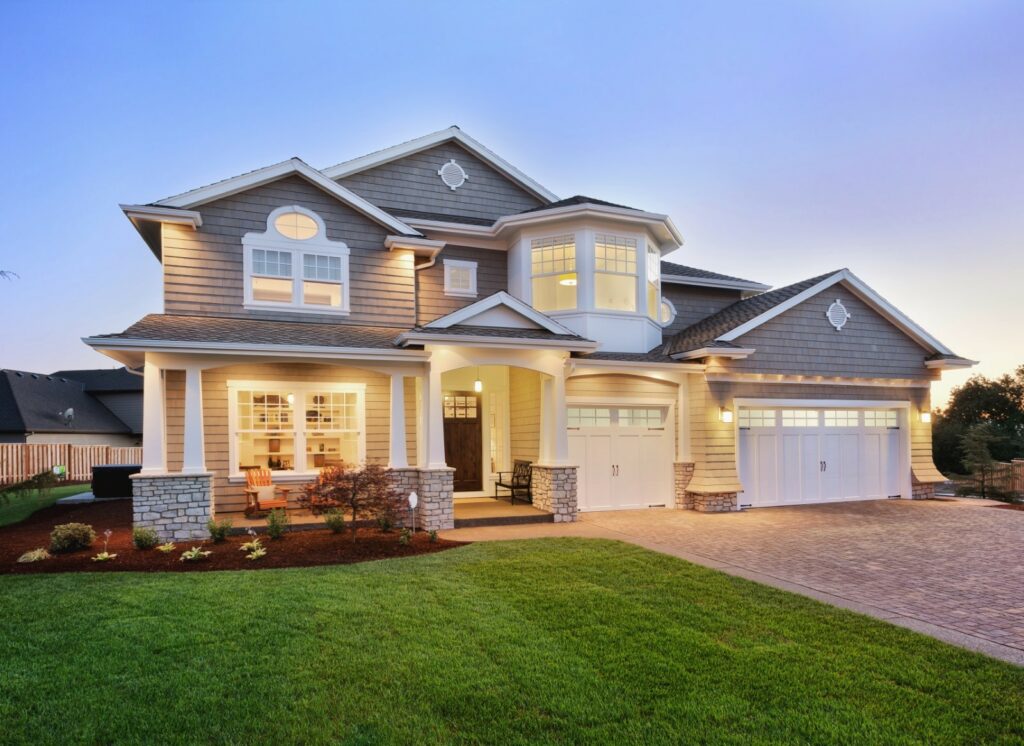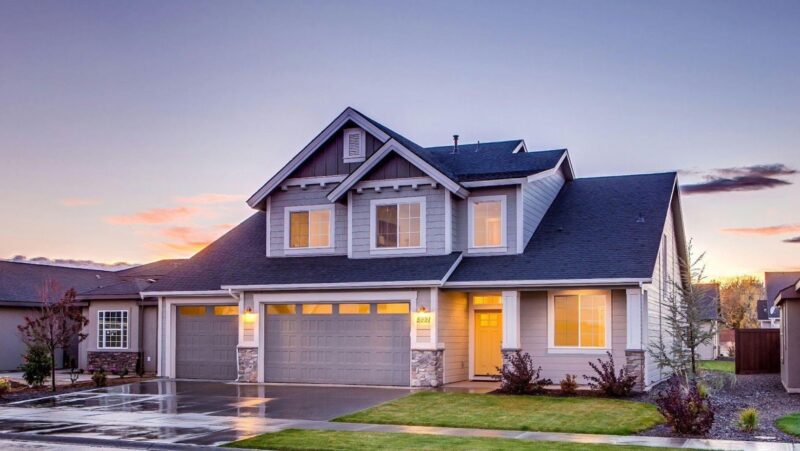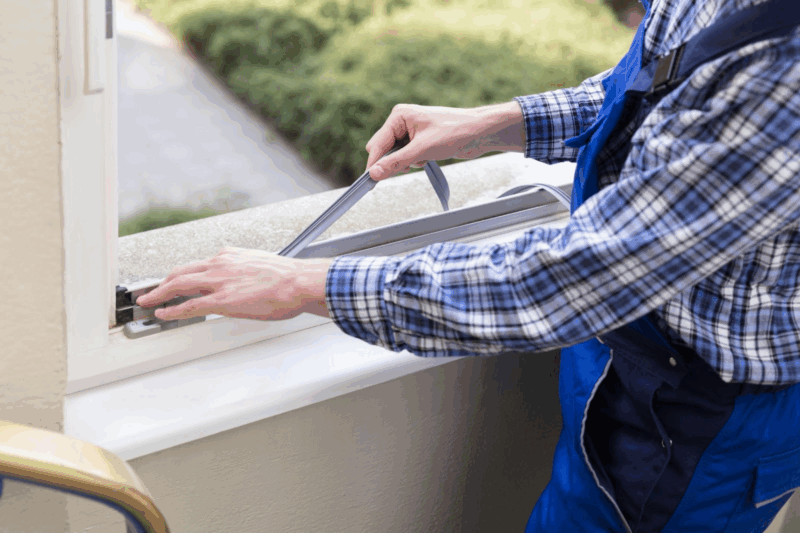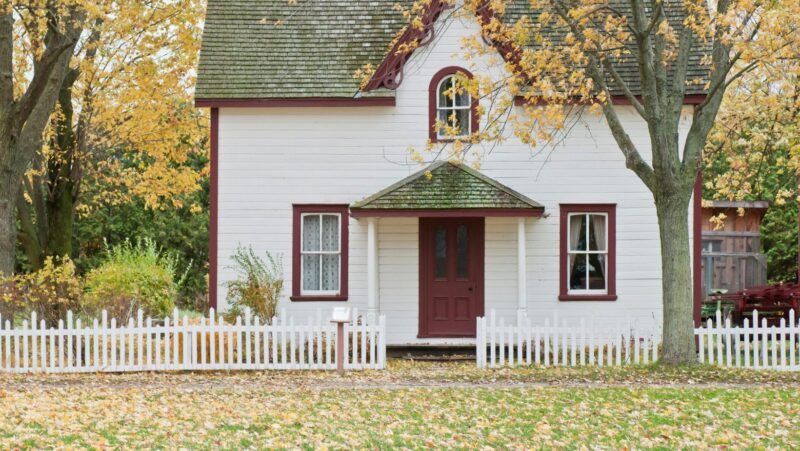
Designing a home is incredibly fulfilling. From the moment you’re thinking about how to style and decorate a space that’s truly yours, it opens up a world of possibilities. You get to inject your personality into every detail, from choosing the perfect color scheme to selecting furniture that matches your taste and lifestyle. Sounds fun and exciting, doesn’t it?
What’s more, a well-designed home can significantly boost its resale value. Here’s a step-by-step guide to kickstart your home design journey:
Gather Inspiration
Before you dive into making concrete plans, gathering some inspiration from various sources must be the first step. You can check out home design magazines, visit model homes, and explore online platforms to discover the latest trends, timeless designs, and innovative ideas. Have a keen eye for styles, layouts, and features that really speak to your heart. This phase is all about visualizing what you want your home to look and feel like. Try creating a mood board to collect and organize your ideas. It’s a great way to help you—and any professionals you might work with—get a clear picture of your vision.
Create A Floor Plan
Next comes the floor plan. This is the blueprint of your dream house and will guide all future decisions about how your home will function and flow. Consider your lifestyle and how each space will be used. Are you someone who loves to entertain guests? Then a spacious, open-plan living area might be essential. Do you work from home? You’ll need a dedicated office space that’s quiet and well-lit. Mapping out these needs early on ensures that your home design isn’t just beautiful but also practical.
If you need some help on this matter, Leneeva or any home builders can create a plan that meets your preferences. Just be sure to clearly communicate your vision and needs to them.
Maximize Spaces
If you have limited space, it’s crucial to make the most of every square foot. Think about vertical storage options such as tall shelves and cabinets, which provide ample storage without taking up too much space. Another idea is built-in furniture, like window seats with storage underneath or bookshelves that frame doorways. These can help you utilize areas that might otherwise go unused. Incorporating a FA-H20 floor door can also offer hidden storage solutions, effectively maximizing your floor space without clutter.
Furthermore, open-plan layouts can also help small spaces feel larger by removing walls that divide and block light. Use rugs, furniture placement, and lighting to define different areas within an open space. Mirrors can make a room appear larger and brighter by reflecting light and giving the illusion of more space. The aim is to optimize every aspect of your floor area, ensuring functionality without sacrificing comfort.
Select An Aesthetic Theme
Choosing an aesthetic theme will help you create a cohesive and visually pleasing home. Do you prefer modern, rustic, bohemian, or a mix of styles? Your chosen theme will guide your decisions on materials, colors, and furnishings.

Let’s start with the color palette—setting the mood and ambiance of your home. Neutral tones such as grays, whites, and beiges create a versatile backdrop that can be accentuated with pops of color or kept minimal for a serene atmosphere. Bold and vibrant colors, on the other hand, add character and can serve as focal points in your design scheme.
Now, select materials and finishes that complement your chosen style. For a modern look, you might choose sleek, minimalist furniture with metal and glass accents. Perhaps opt for natural wood finishes and cozy textiles for a rustic feel. Consistency is key—try to stick to your theme throughout the home to create a harmonious look. This doesn’t mean every room needs to look identical, but the overall style should flow seamlessly from one space to another. For example, you can use solid oak doors throughout the house to maintain a cohesive aesthetic.
Bring The Outdoors In
Nature has a magical way of transforming any space into a calm, refreshing oasis. So, how do you weave the charm of the outdoors into your home design? Begin with natural light—it’s not just about illuminating your space but also about connecting with the outside world.
Large windows, skylights, and glass doors invite sunlight to flood your rooms, creating a bright and airy atmosphere while offering glimpses of nature’s beauty. If privacy is a concern, don’t worry— sheer curtains or frosted glass can maintain that light-filled atmosphere while offering some seclusion.
Indoor plants are another great way to bring the outdoors in. They not only add greenery and life to your space but also improve air quality. And the best part? You don’t need to be a gardening guru to keep them thriving. Succulents, snake plants, and pothos are easy to take care of. You can also add floral decor to further enhance your interior design. It’s amazing how these elements can turn a house into a vibrant living space that nurtures both body and soul.
Add Personal Touches
Your dream home should reflect your personality and tell your story. Add personal touches that make the space uniquely yours. Display family heirlooms, artwork, travel souvenirs, or items that hold sentimental value. These elements add warmth and character to your home, making it feel lived-in and loved.

Customize spaces to fit your hobbies and interests. If you love reading, create a cozy reading nook with a comfortable chair and good lighting. If you’re an artist, set up a small studio space where you can paint or craft. Personalizing your home in this way not only makes it more enjoyable to live in but also showcases who you are to guests.
Wrap Up
Designing your dream home is both a journey of self-expression and a quest for practicality. The goal is to design a space that looks stunning and harmonizes with your lifestyle. Remember, there’s no one-size-fits-all approach—your home should be as unique as you are.












